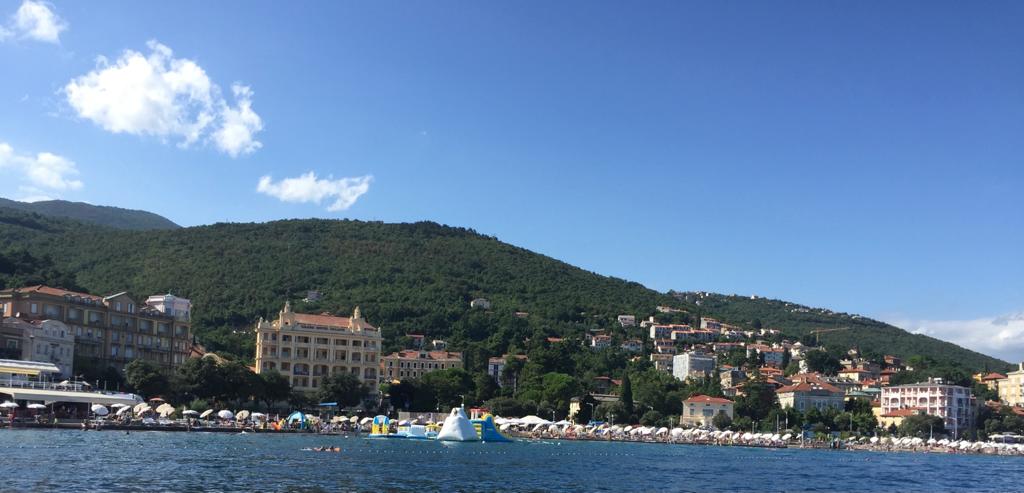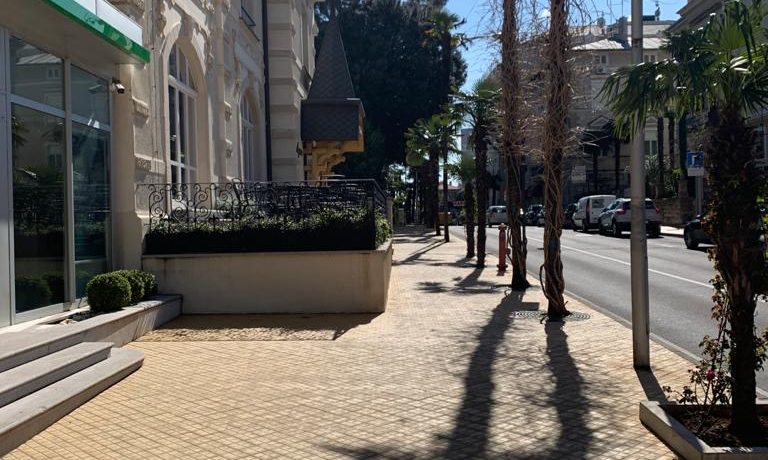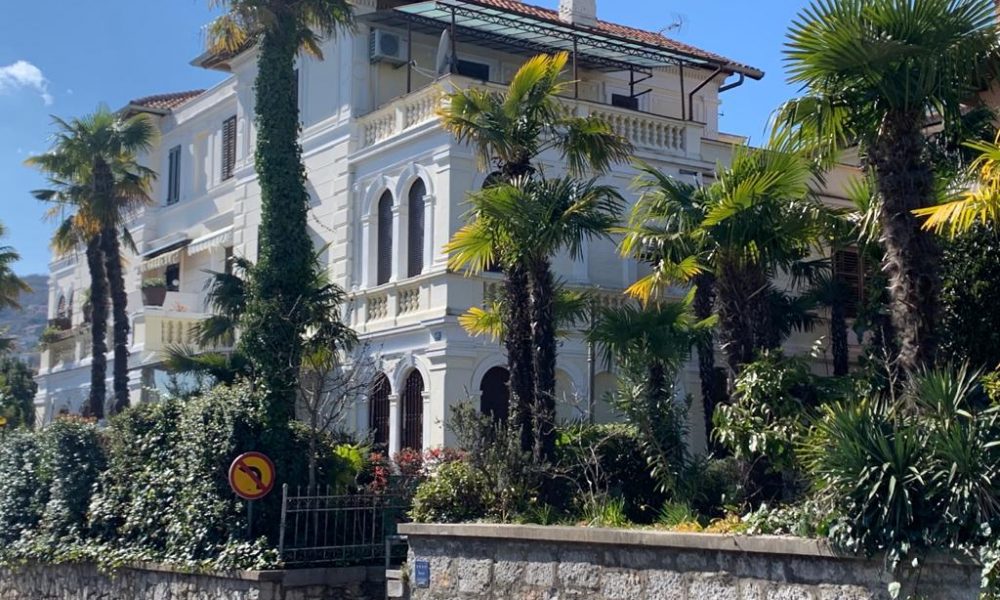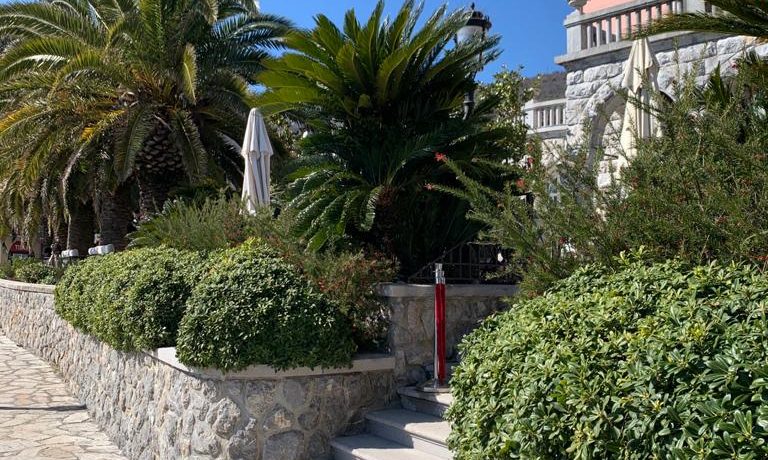
About Opatija
Geography
Opatija lies at the foot of the Učka massif and is about 18 km from Rijeka. The health resort is surrounded by lush subtropical vegetation.
Name
In the German-speaking world, the German name Sankt Jakobi can be regarded as extinct. For a long time, the Italian-language name Abbazia was used almost as often as the Croatian name Opatija. The reason may be that the place officially bore the Italian name Abbazia in the last decades of the Danube Monarchy. In the meantime, however, the current name Opatija has largely established itself in the German-speaking area. It is derived from the Croatian term for abbey.
History
Between 1422 and 1431, Benedictine monks from the Friulian Abbey of St. Peter in Rosazzo founded the small monastery Abbazia San Giacomo al Palo (“Abbey of St. Jacob on the Stick”), which soon suffered from the frequent invasions of the Turks and Venetians. In 1560 the Augustinians of Rijeka and 1723 the Jesuits of the Fiuman seminary took over the abbey. After the abolition of the Jesuit order in 1783, most of the monastery grounds were sold to private individuals. [1] At the beginning of the 1840s, the timber and wheat merchant Iginio Scarpa (1794–1866) from Rijeka bought the land around the abbey building and built a summer residence next to a park, which he named after his wife Angiolina, who had died in 1832.
Architecture
With its abundance of architecture in the style of historicism, Opatija is the most important example of a glamorous seaside resort on the Austrian Riviera with the architectural flair from the time of the Danube monarchy. The architecture of many hotels, guest houses, and villas have features of various historical neo styles with isolated examples of Art Nouveau; The structured facades, the size and openings (balconies, loggias) as well as the facade decoration give the buildings, often built by Carl Seidl, a Mediterranean look. The only larger, more modern building that contrasts with this is the Hotel Ambassador (architect Zdravko Bregovac) from the 1960s.
The origins of tourism go back to 1844 when the wealthy merchant Iginio Scarpa from Rijeka built Villa Angiolina, named after his wife, who died young, as a summer resort. The nature lover created a large park with a variety of exotic plants. Beginning in the 1880s, several grand hotels, guest houses, villas, summer houses, sanatoriums (“cur houses”), pavilions, bathing establishments, promenades, and parks were built. The first hotel was the Hotel Quarnero (today Hotel Kvarner) in 1884, immediately afterward (1885) today’s Hotel Imperial (Opatija) was built, then named after Crown Princess Stephanie.
Short summary
Opatija is the pearl of the Croatian coast and impresses not only with its history, but also with the fact that Opatija has blossomed into one of the most popular health resorts in Europe and, with the famous Franz Joseph Promenade (Lungomare), is also for walkers who come from here From Volosko to Lovran you can walk about 12km directly along the sea, an absolute highlight in this region. The beaches of Plaza Slatina, Plaza Tomasevic, and Plaza Lido also leave nothing to be desired for water sports enthusiasts. And as far as culinary is concerned, you can claim to have found yourself in the center of Croatian culinary art anyway.
































